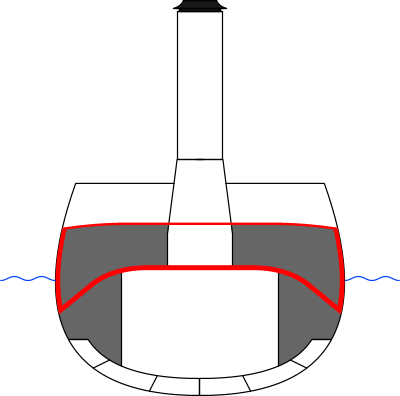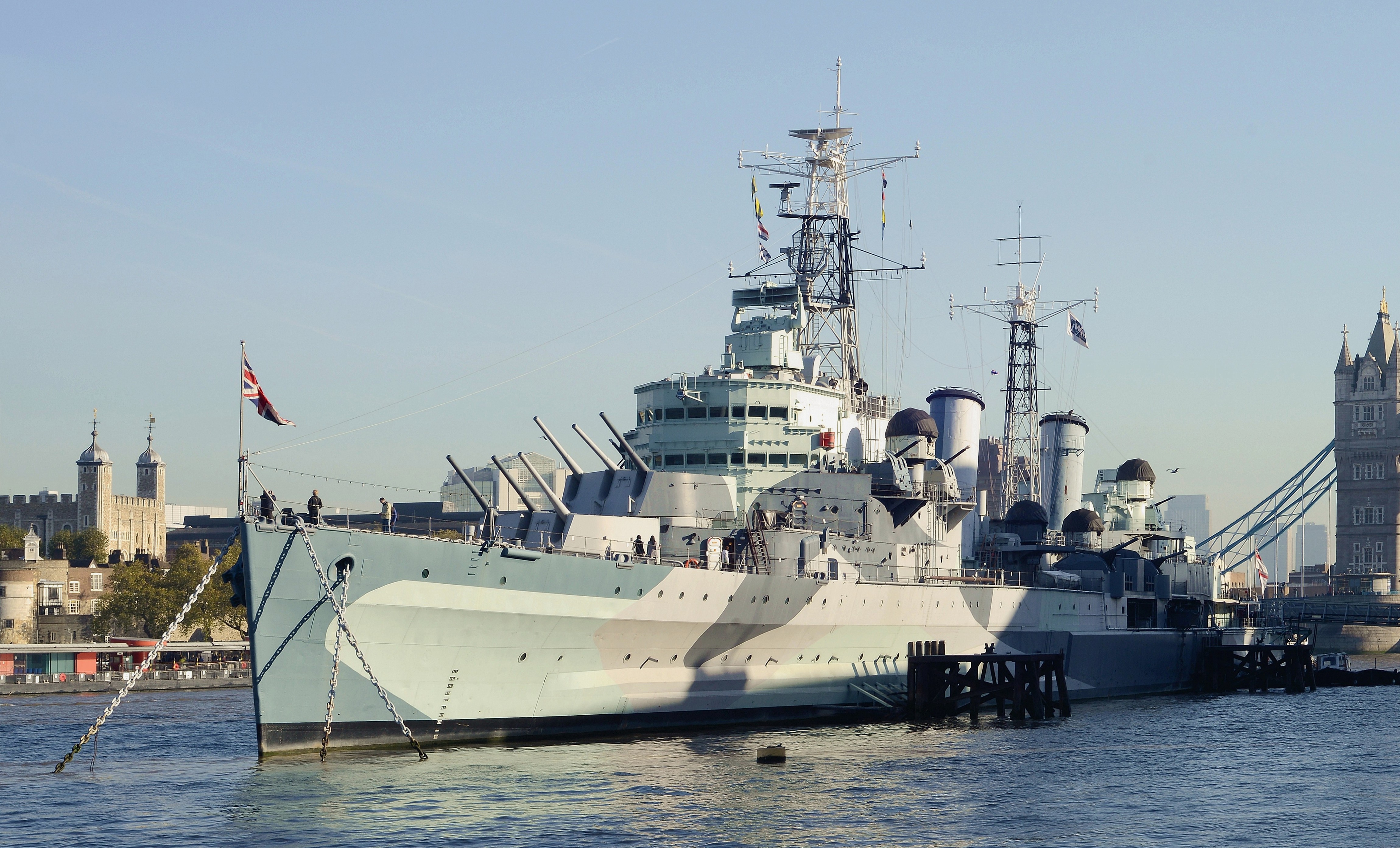|
Russian Cruiser Admiral Nakhimov
At least five warships of Russia have borne the name ''Admiral Nakhimov'', in honour of Pavel Nakhimov (1802–1855), an admiral of the Imperial Russian Navy. * , an armoured cruiser launched in 1885. * , a light cruiser launched in 1915, name ship of her class, she was renamed ''Chervona Ukraina'' by the Soviets. * , a launched in 1951. * , a launched in 1969. * , a . Launched in 1986, she was originally named ''Kalinin''. See also * , a class of Russian cruisers constructed in the early 20th century. * , a former German passenger ship initially launched in 1925 as SS ''Berlin III'' and salvaged by the Soviet Union in 1949; collided with a cargo ship in 1986 and sank in the Tsemes Bay near Novorossiysk Novorossiysk ( rus, Новоросси́йск, p=nəvərɐˈsʲijsk; ady, ЦIэмэз, translit=Chəməz, p=t͡sʼɜmɜz) is a city in Krasnodar Krai, Russia. It is one of the largest ports on the Black Sea. It is one of the few cities hono .... {{DEFAULTSORT:Admiral N ... [...More Info...] [...Related Items...] OR: [Wikipedia] [Google] [Baidu] |
Pavel Nakhimov
Pavel Stepanovich Nakhimov (russian: Павел Степанович Нахимов, ; – ) was a Russian Admiral in the Imperial Russian Navy known for his victory in the Battle of Sinop and his leadership in the Siege of Sevastopol (1854–1855) during the Crimean War. He joined the imperial Russian Navy and moved up the ranks serving in the Greek War of Independence and the Russo-Turkish War (1828–29). At the beginning of the Crimean War, he delivered a significant victory at the Battle of Sinop against the Ottoman Empire. Afterward, he was a leader in the defense of Sevastopol against British, French, and Ottoman forces, during which a sniper wounded him, and he died a few days later. After his death, he became a hero in Russia, with medals and ships named after him, especially during Soviet times, starting with Stalin. Also, a Soviet Film called '' Admiral Nakhimov'' was made in 1947 about his life. Early life Nakhimov was born in the village of Gorodok in ... [...More Info...] [...Related Items...] OR: [Wikipedia] [Google] [Baidu] |
Imperial Russian Navy
The Imperial Russian Navy () operated as the navy of the Russian Tsardom and later the Russian Empire from 1696 to 1917. Formally established in 1696, it lasted until dissolved in the wake of the February Revolution of 1917. It developed from a smaller force that had existed prior to Tsar Peter the Great's founding of the modern Russian navy during the Second Azov campaign in 1696. It expanded in the second half of the 18th century and reached its peak strength by the early part of the 19th century, behind only the British and French fleets in terms of size. The Imperial Navy drew its officers from the aristocracy of the Empire, who belonged to the state Russian Orthodox Church. Young aristocrats began to be trained for leadership at a national naval school. From 1818 on, only officers of the Imperial Russian Navy were appointed to the position of Chief Manager of the Russian-American Company, based in Russian America (present-day Alaska) for colonization and fur-trade deve ... [...More Info...] [...Related Items...] OR: [Wikipedia] [Google] [Baidu] |
Armoured Cruiser
The armored cruiser was a type of warship of the late 19th and early 20th centuries. It was designed like other types of cruisers to operate as a long-range, independent warship, capable of defeating any ship apart from a battleship and fast enough to outrun any battleship it encountered. For many decades, naval technology had not advanced far enough for designers to produce a cruiser which combined an armored belt with the long range and high speed required to fulfill its mission. For this reason, beginning in the 1880s and 1890s, many navies preferred to build protected cruisers, which only relied on a light armored deck to protect the vital parts of the ship. However, by the late 1880s, the development of modern rapid-fire breech-loading cannon and high-explosive shells made the reintroduction of side armor a necessity. The invention of face-hardened armor in the mid-1890s offered effective protection with less weight than previously. Varying in size, the armored cruiser ... [...More Info...] [...Related Items...] OR: [Wikipedia] [Google] [Baidu] |
Light Cruiser
A light cruiser is a type of small or medium-sized warship. The term is a shortening of the phrase "light armored cruiser", describing a small ship that carried armor in the same way as an armored cruiser: a protective belt and deck. Prior to this smaller cruisers had been of the protected cruiser model, possessing armored decks only. While lighter and smaller than other contemporary ships they were still true cruisers, retaining the extended radius of action and self-sufficiency to act independently around the world. Through their history they served in a variety of roles, primarily as convoy escorts and destroyer command ships, but also as scouts and fleet support vessels for battle fleets. Origins and development The first small steam-powered cruisers were built for the British Royal Navy with HMS ''Mercury'' launched in 1878. Such second and third class protected cruisers evolved, gradually becoming faster, better armed and better protected. Germany took a lead in small cru ... [...More Info...] [...Related Items...] OR: [Wikipedia] [Google] [Baidu] |
Admiral Nakhimov-class Cruiser
The ''Admiral Nakhimov''-class cruisers were a group of four light cruisers built for the Imperial Russian Navy just before World War I began in 1914. Construction was interrupted by the Russian Revolution and only two of the ships were eventually completed well after the end of the Russian Civil War by the Soviets. ''Chervona Ukraina'' was the first ship completed and was built to essentially the original design. ''Krasnyi Kavkaz'' was much modified and completed five years after ''Chervona Ukraina''. Both ships participated in the Sieges of Odessa and Sevastopol after the Germans invaded Russia in June 1941. They ferried troops into the cities, evacuated wounded and bombarded the besieging German troops. ''Chervona Ukraina'' was bombed and sunk by dive bombers in November during one of these missions and ''Krasny Kavkaz'' was badly damaged by the same type of aircraft in January 1942. After her lengthy repairs were completed, the ship transported reinforcements to cities on th ... [...More Info...] [...Related Items...] OR: [Wikipedia] [Google] [Baidu] |
Soviet
The Soviet Union,. officially the Union of Soviet Socialist Republics. (USSR),. was a transcontinental country that spanned much of Eurasia from 1922 to 1991. A flagship communist state, it was nominally a federal union of fifteen national republics; in practice, both its government and its economy were highly centralized until its final years. It was a one-party state governed by the Communist Party of the Soviet Union, with the city of Moscow serving as its capital as well as that of its largest and most populous republic: the Russian SFSR. Other major cities included Leningrad (Russian SFSR), Kiev (Ukrainian SSR), Minsk (Byelorussian SSR), Tashkent (Uzbek SSR), Alma-Ata (Kazakh SSR), and Novosibirsk (Russian SFSR). It was the largest country in the world, covering over and spanning eleven time zones. The country's roots lay in the October Revolution of 1917, when the Bolsheviks, under the leadership of Vladimir Lenin, overthrew the Russian Provisional Government that ... [...More Info...] [...Related Items...] OR: [Wikipedia] [Google] [Baidu] |
Ship Class
A ship class is a group of ships of a similar design. This is distinct from a ship type, which might reflect a similarity of tonnage or intended use. For example, is a nuclear aircraft carrier (ship type) of the (ship class). In the course of building a class of ships, design changes might be implemented. In such a case, the ships of different design might not be considered of the same class; each variation would either be its own class, or a subclass of the original class (see for an example). If ships are built of a class whose production had been discontinued, a similar distinction might be made. Ships in a class often have names linked by a common factor: e.g. s' names all begin with T (, , ); and s are named after American battles (, , , ). Ships of the same class may be referred to as sister ships. Naval ship class naming conventions Overview The name of a naval ship class is most commonly the name of the lead ship, the first ship commissioned or built of its design ... [...More Info...] [...Related Items...] OR: [Wikipedia] [Google] [Baidu] |
Novorossiysk
Novorossiysk ( rus, Новоросси́йск, p=nəvərɐˈsʲijsk; ady, ЦIэмэз, translit=Chəməz, p=t͡sʼɜmɜz) is a city in Krasnodar Krai, Russia. It is one of the largest ports on the Black Sea. It is one of the few cities honored with the title of the Hero City. Population: History In antiquity, the shores of the Tsemes Bay were the site of Bata ( el, Μπάτα), an ancient Greek colony that specialized in the grain trade. It is mentioned in the works of Strabo and Ptolemy, among others. Following brief periods of Roman and Khazar control, from the 9th century onwards, the area was part of the Byzantine θέμα Χερσῶνος ''Thema Khersonos'' (Province of Cherson). During the 11th century, the area was overrun and controlled by nomads from the Eurasian steppe, led by the Cumans. Later that century, the Byzantine emperor Ἀλέξιος Κομνηνός Alexios I Komnenos ( r. 1081–1118) was approached by Anglo-Saxon refugees, who had left Engl ... [...More Info...] [...Related Items...] OR: [Wikipedia] [Google] [Baidu] |




